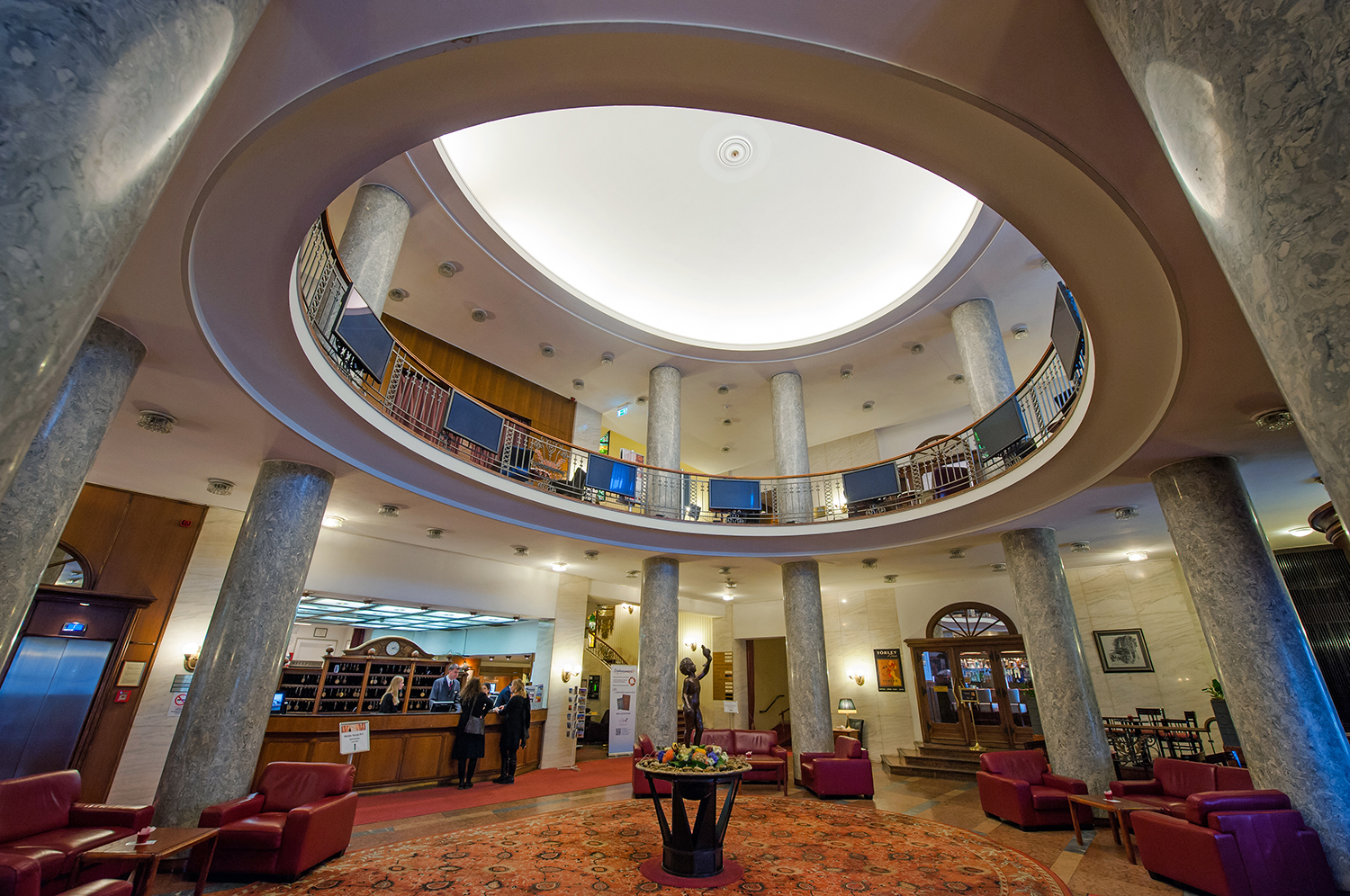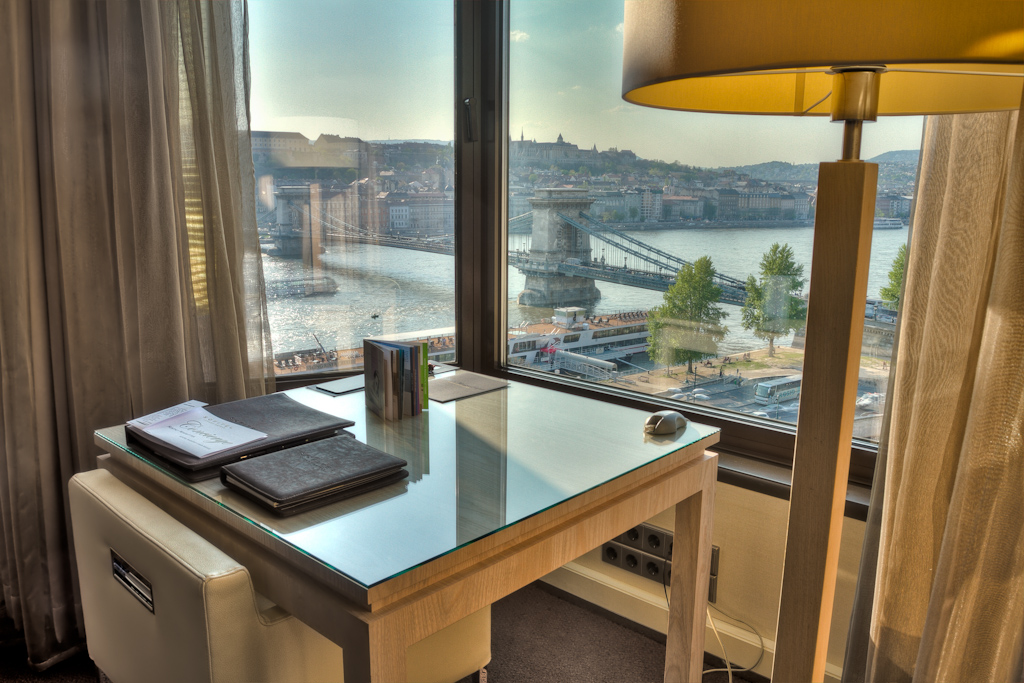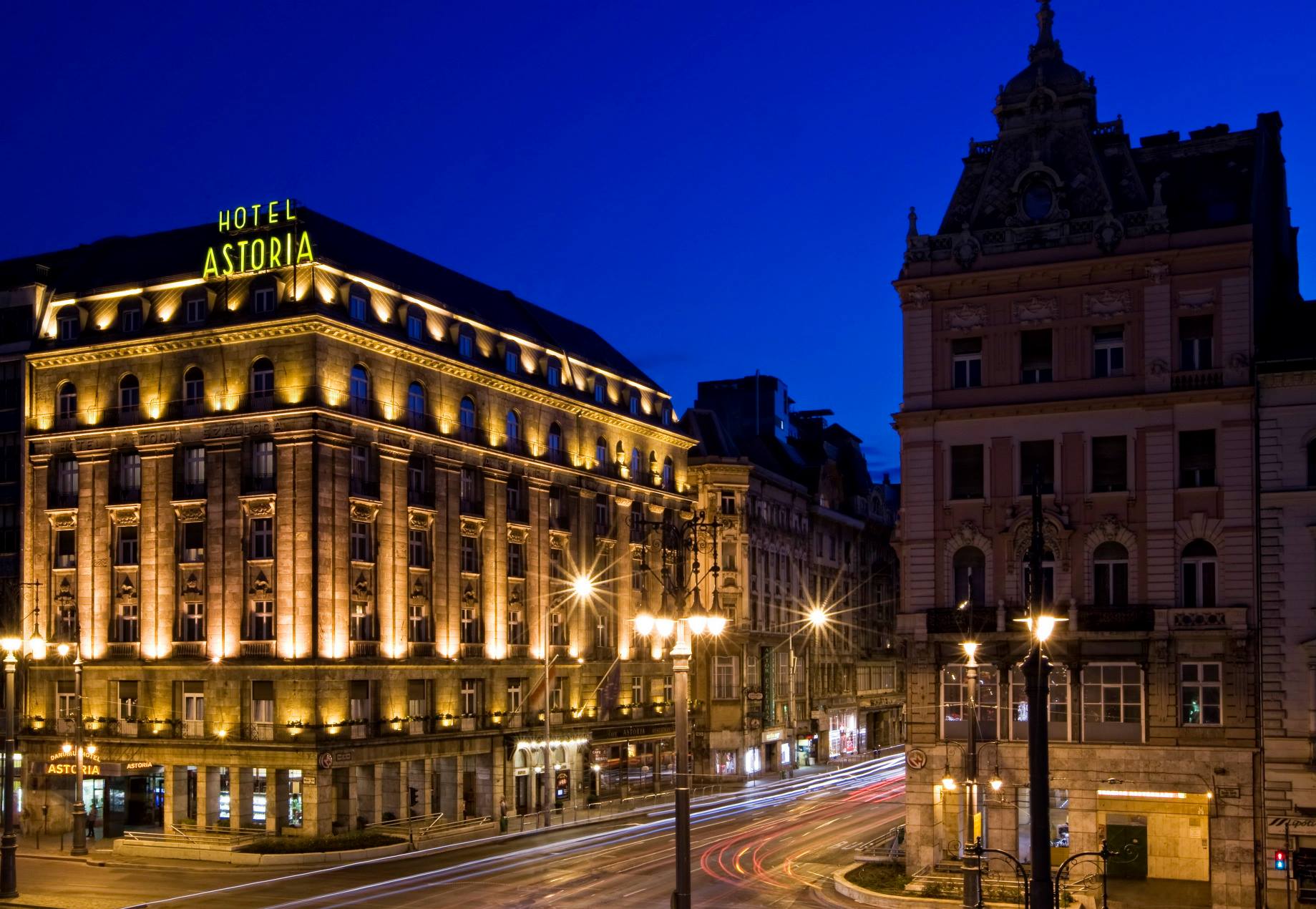1/3
The First Hotels
The wealthier middle class of Budapest grew stronger in the years of the Austro-Hungarian Monarchy. During that time the major sights, the famous boulevards, and the most remarkable buildings were built. This was the golden age of the city. Hotels were booming with their fabulous nightlife where the rich aristocracy spent their evenings and many famous people spent their days. The Gellért and the Astoria Hotels were the biggest ones, and they were so famous that a metro station and some public places bear their names today.World War I destroyed the cityscape as well as left huge material and spiritual losses behind. Blossoming thermal baths, weekend destinations, beautiful monuments disappeared somewhere in the past. Guests from the West, English bankers and businessmen, and Austrian customers left the capital. The ‘Iron Curtain’ was drawn after World War II and the darkest period of Hungarian history began.
2/3
The Time of Declining
People slowly began to return to the abandoned hotels during the years of consolidation after the revolution of 1956, though tourism did not boom until the ‘70s or ‘80s. During the happier period in the socialism, in the era so called “goulash communism”, more and more guests arrived to Hungary. Lake Balaton became the top summer destination in the ‘Eastern Bloc’, and hundreds of tourists came from Czechoslovakia, Poland and Eastern Germany. Later, some tourist groups from the Western world appeared in Budapest, and a very slow progress started again.
People slowly began to return to the abandoned hotels during the years of consolidation after the revolution of 1956, though tourism did not boom until the ‘70s or ‘80s. During the happier period in the socialism, in the era so called “goulash communism”, more and more guests arrived to Hungary. Lake Balaton became the top summer destination in the ‘Eastern Bloc’, and hundreds of tourists came from Czechoslovakia, Poland and Eastern Germany. Later, some tourist groups from the Western world appeared in Budapest, and a very slow progress started again.The socialist way of hotel development was not able to create remaining pieces. Although Körszálló, Hungaria Hotel and some other oversized buildings still exist today, most of these hotels closed or underwent radical changes. A row of hotels was built on the Danube bank in the ‘80s. Although, the famous hotel chains like the Sofitel, the Intercontinental, or the Marriott moved in to these places later, the socialist features of these buildings are still spoiling the sights of the riverbank.
is found at Astoria metro station, on the corner of Rákóczi Street and Small Boulevard. This hotel was opened in 1914 and it was a Central-European copy of the famous Waldorf Astoria in New York. It was renovated in the ‘90s, and unfortunately, it has the main design features of those years. The deluxe suits’ furnishing follows the early 20th century style, but standard rooms are much poorer.
Most historical hotels were spa-hotels as well, since thermal waters of Hungary were used for medical reasons from the beginning of the century. is the best example of the spa-hotel category. It has been operating since 1918 together with the world famous . The secession-style building is in very good condition from the outside, but it needs some development in comfort facilities. has been recently renovated, and we hope the Hotel will soon be restored as well. Unfortunately, some modern, basic elements are missing, like air conditioning.







